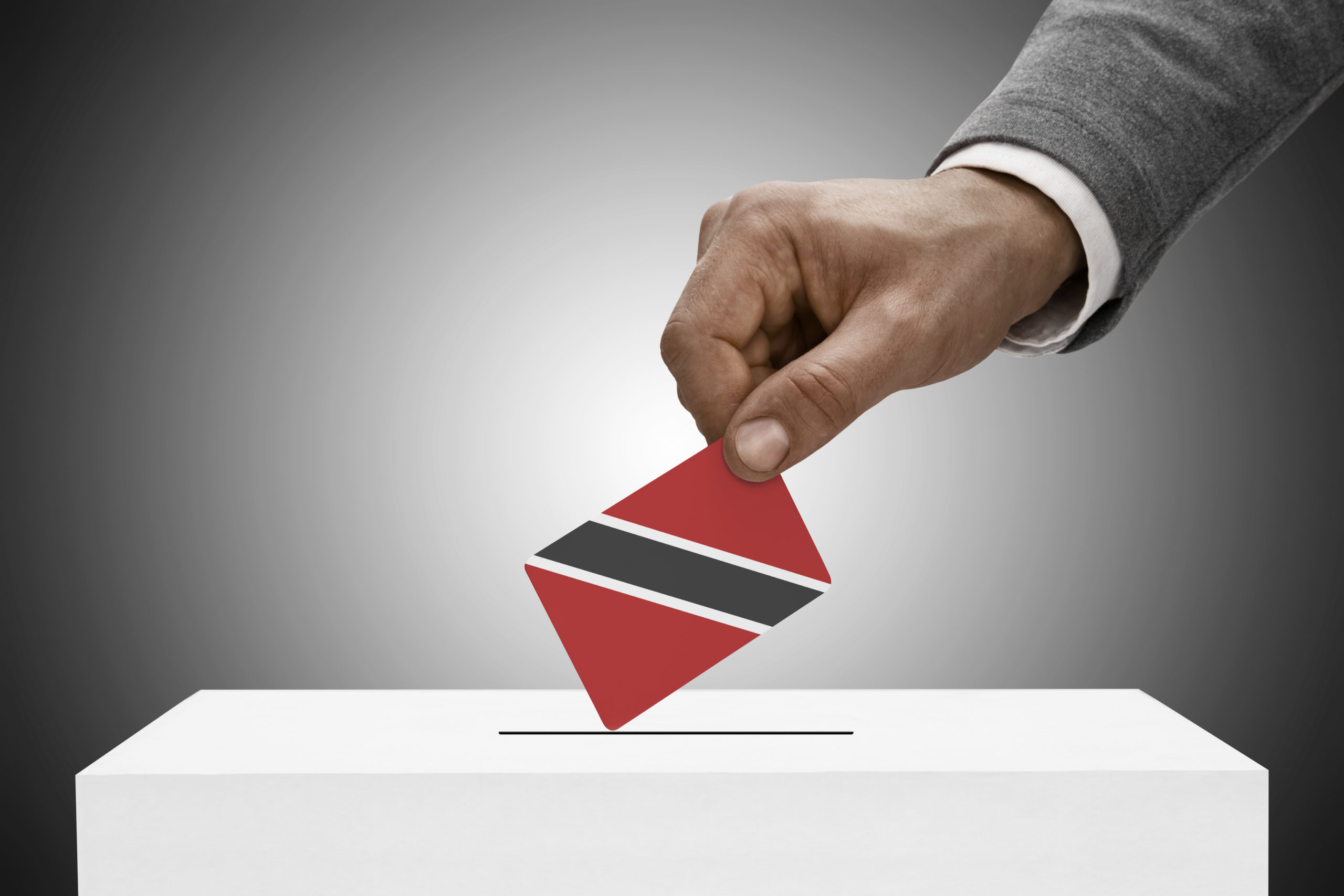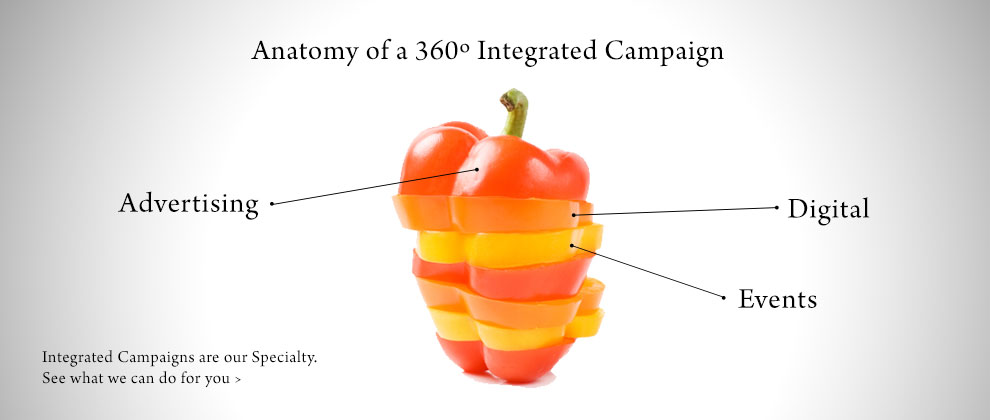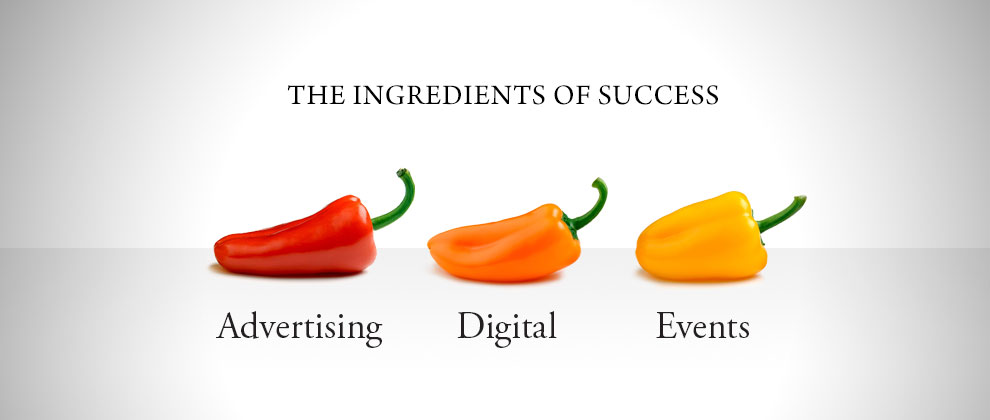I encountered the following view on the Hindu Business Line on media as brands.
On a smaller scale we have a similar situation in T&T, with the rapid growth in media houses, especially the electronic media. One may argue that there is not enough news to report and advertisers to pay for it on 2 islands with 1.3 million people, served by 3 dailies and 4 weeklies, 30+ radio stations, 9 locals TV stations, cable and the internet. Of course, their digital versions can target a much bigger market.
This has made it critical for media houses to see themselves as media brands and embrace branding. As marketers we choose media based on the kind of people we feel a particular media house delivers. Should the media then not make sure that they are doing all the right things to ensure that they deliver the right people, firstly for their own brand development and secondly for their advertisers?
David Aaker describes positioning as “A part of brand identity and value proposition that is to be actively communicated to the target audience and that demonstrates an advantage over competing brands.” This leads one to ask the question: How well are today’s newspapers positioned? I spoke about the 11 newspapers that I get to see every morning and once in a while to actually read – now how well are they positioned? What really makes for the positioning of media brands? What makes them different?
Let us first stay with brands and see what makes them different. Every brand, whichever the category it belongs to, has a few elements – the name, to start with. You can have a name that is generic, ordinary even. Consider a category like telecom. In a category which has brands like Singtel, Bechtel, Alcatel and Airtel, one brand has (or is it ‘had’?) the name of Orange. Clearly a stand-out. In India when most newspapers had some chronicle or times to their name a newspaper has the name Mint. Clearly there is a point of difference in one element of the brand at least.
Some brands have their packaging as an element that is different. In India, we are familiar with the sachet, a completely different packaging form that has now become a way of life for the category of shampoos and now for other products as well. Packaging in the case of the newspaper could be important as well. Newspaper brands too are continually upgrading their look and feel, type styles and page layout. It is perhaps worthwhile for newspapers to remember that while they keep upgrading themselves and modernising themselves in an attempt to contemporise and get new readers, they run two risks. The first is that in their quest for younger, newer readers, they might be alienating their longstanding older readers who have been reading the same newspaper for years. The second risk is that they end up becoming exactly like their competitors, ape them and finally end up confusing the consumer. A number of newspapers that I read have similar Page 3 type offerings. Yes, I suppose I am not the target audience! But still .
But at a more basic level, what makes brands successful?
Very often we get carried away by the emotional aspects of branding and the imageries conveyed by advertising. The risk with an approach like that is that it underplays the basic importance of the product or service. Having a high-quality product or service is the bare minimum or hygiene factor in today’s crowded, competitive, cluttered world. While it is perhaps easier to determine what makes a good product or service in the world of consumer products or services, I wonder if it is as easy to figure out what makes for a successful media brand.
One can recognise a wonderful media brand like The Economist which one admires, but how do you figure out the causes of success? A true media brand, in my view at least, stands for something. Editorial integrity, for instance. The essence of a brand or its raison d’etre is often ignored. It becomes even more crucial in the case of a media brand where the interplay of editorial and marketing and their relative importance to each other become crucial factors. How many of today’s media brands have a point of view? How many actually stand for something?
Advertising. does it really matter?
People in marketing believe in the power of advertising, as they should. While agreeing with that, one must also mention in the same breath that advertising is, perhaps, less critical in the case of the media brand, as lots would depend on the product itself and the reactions of consumers to the product. In India and perhaps, one must mention, in the rest of the world as well, there is a tremendous reliance on giving the paper away at a ridiculous price, if not for free. How will the consumer value a brand that is given to him free? Yes, the Indian market is perhaps very different from other Western markets. We are growing and the regional newspapers are growing quite significantly compared to the Western world which has mature markets that are at best constant if not declining. So the strategies that work in the West may not work with equal success here. Yet, it is perhaps worthwhile to ask a few questions to owners of media brands. After all, it is certainly easier to ask questions than to find answers.
Are you trying to address ‘eight to eighty-eight’?
How good is your online offering?
Are you ready to reinvent yourself on the net?
Are you ready for personal, proactive media?
Do the people that trust us and value us want to buy other things from us?
Are you as Rupert Murdoch said, “remarkably, unaccountably complacent?”
That in fact leads me to the final point that I wish to make. These are exciting times for media in India. The markets are growing, the consumer’s literacy is improving dramatically, as is the affluence of the average Indian if such a person exists. Media brands can, as they are probably trying to, ride the momentum, give away free copies, try hard to be like their competition and still get away with it in a booming economy. But it is decision time as well. The right decision is to think long-term. It is to carefully evaluate their current position. Is there an opportunity to fine tune their offering? Is there a difference in the product now or can it be built in? Yes, it is a wonderful time to be in business in India. A wonderful time to be in media. But the time to think about tomorrow is today. How many of today’s Indian media brands are ready?
And the same can be said of T&T’s media brands.













